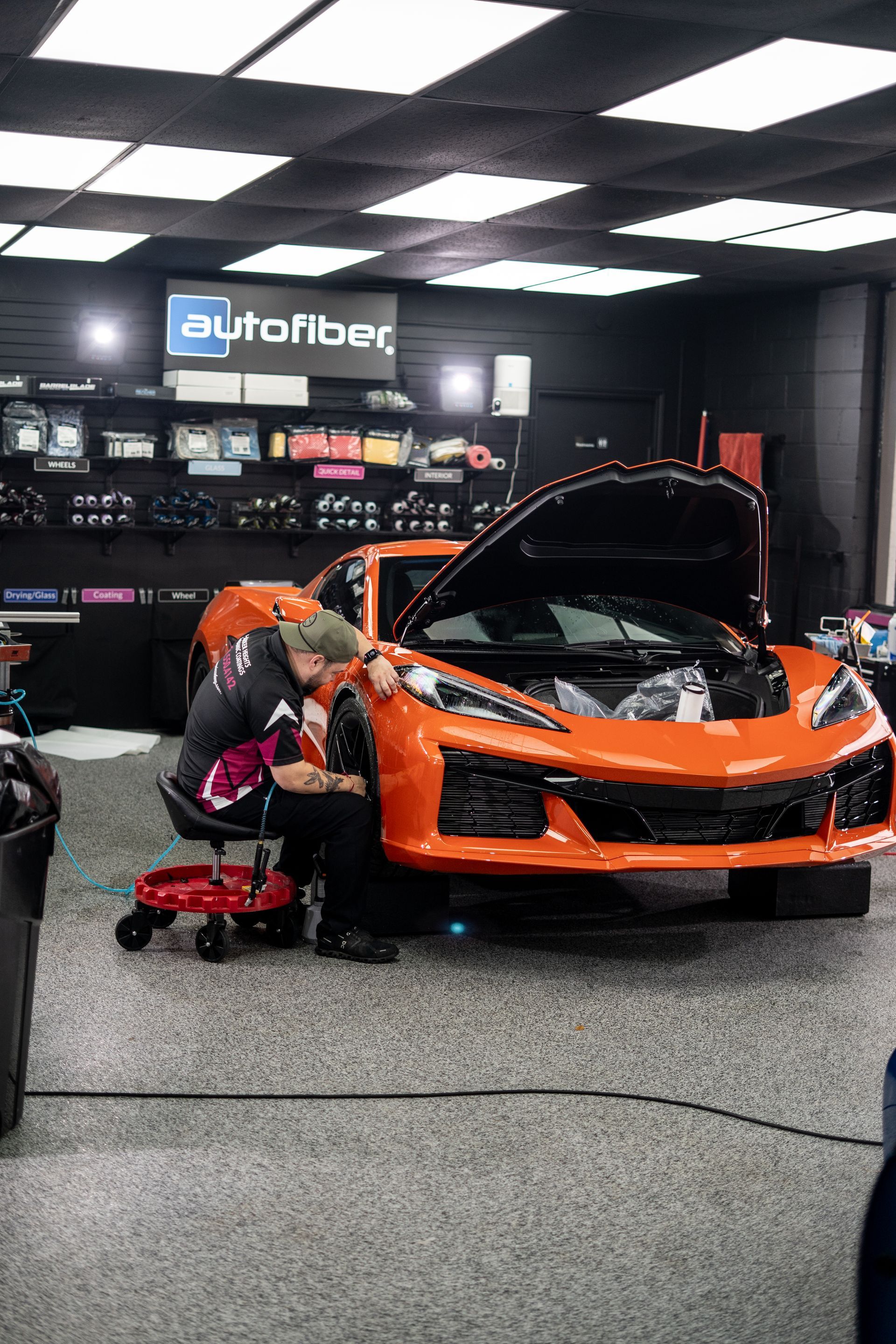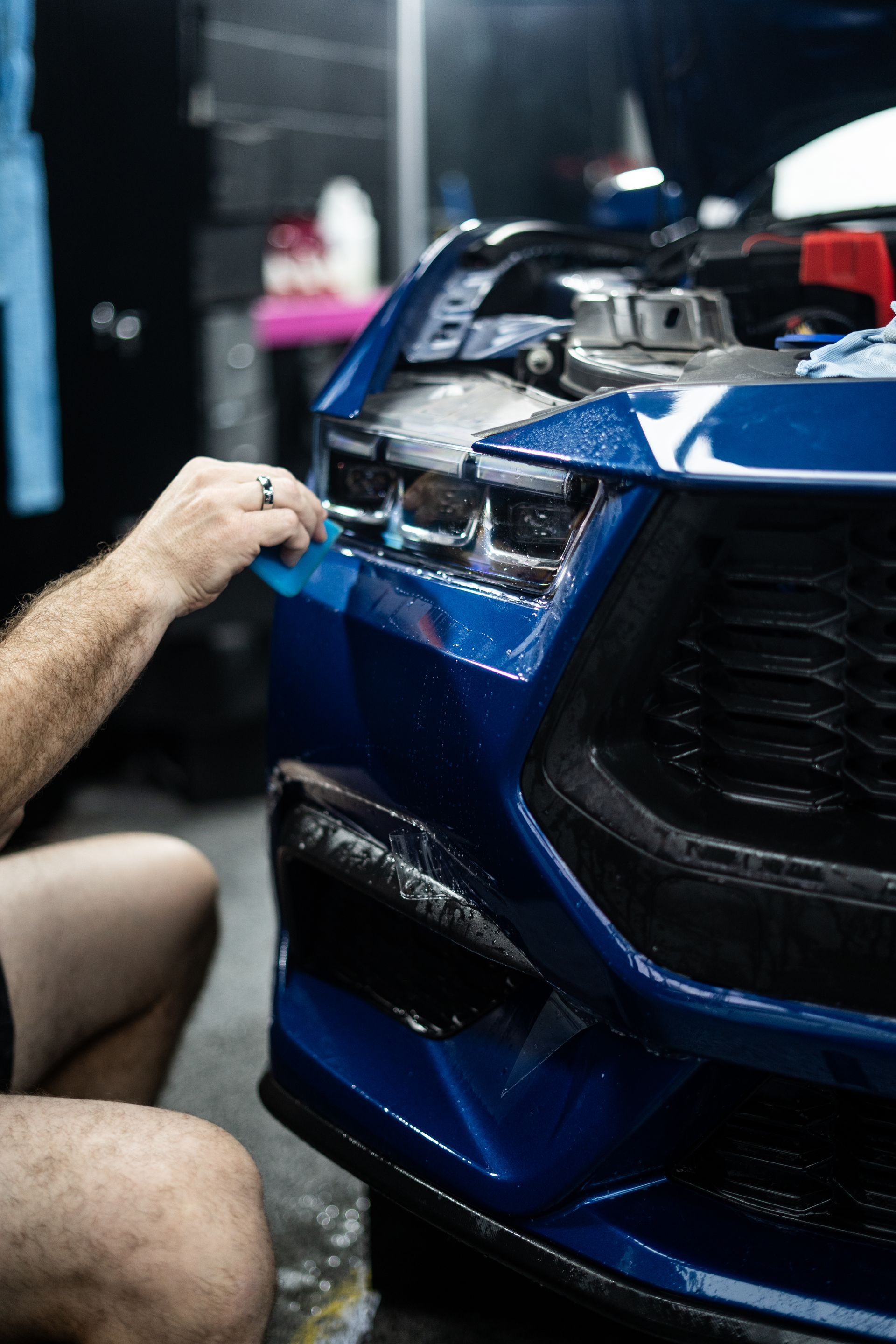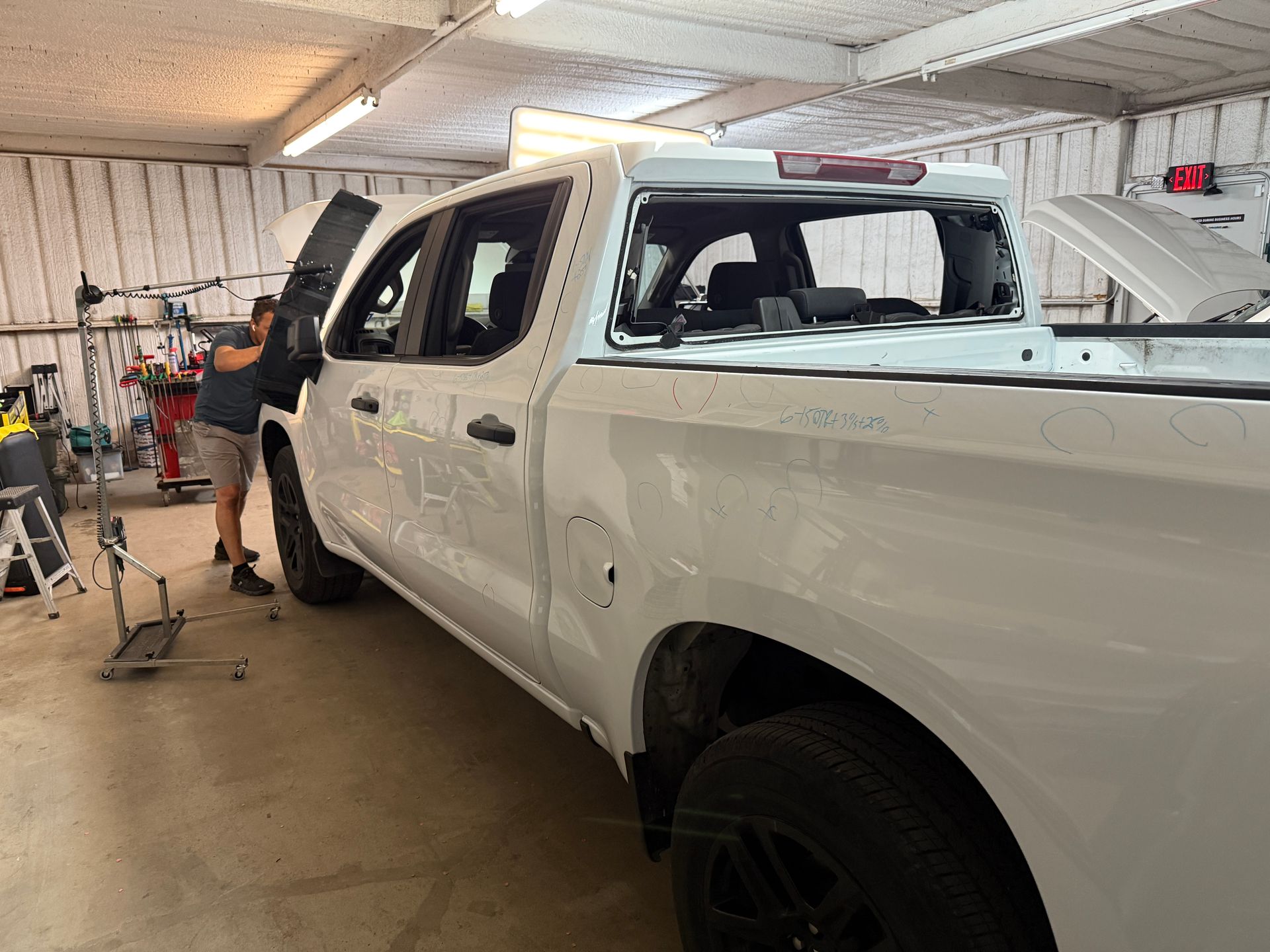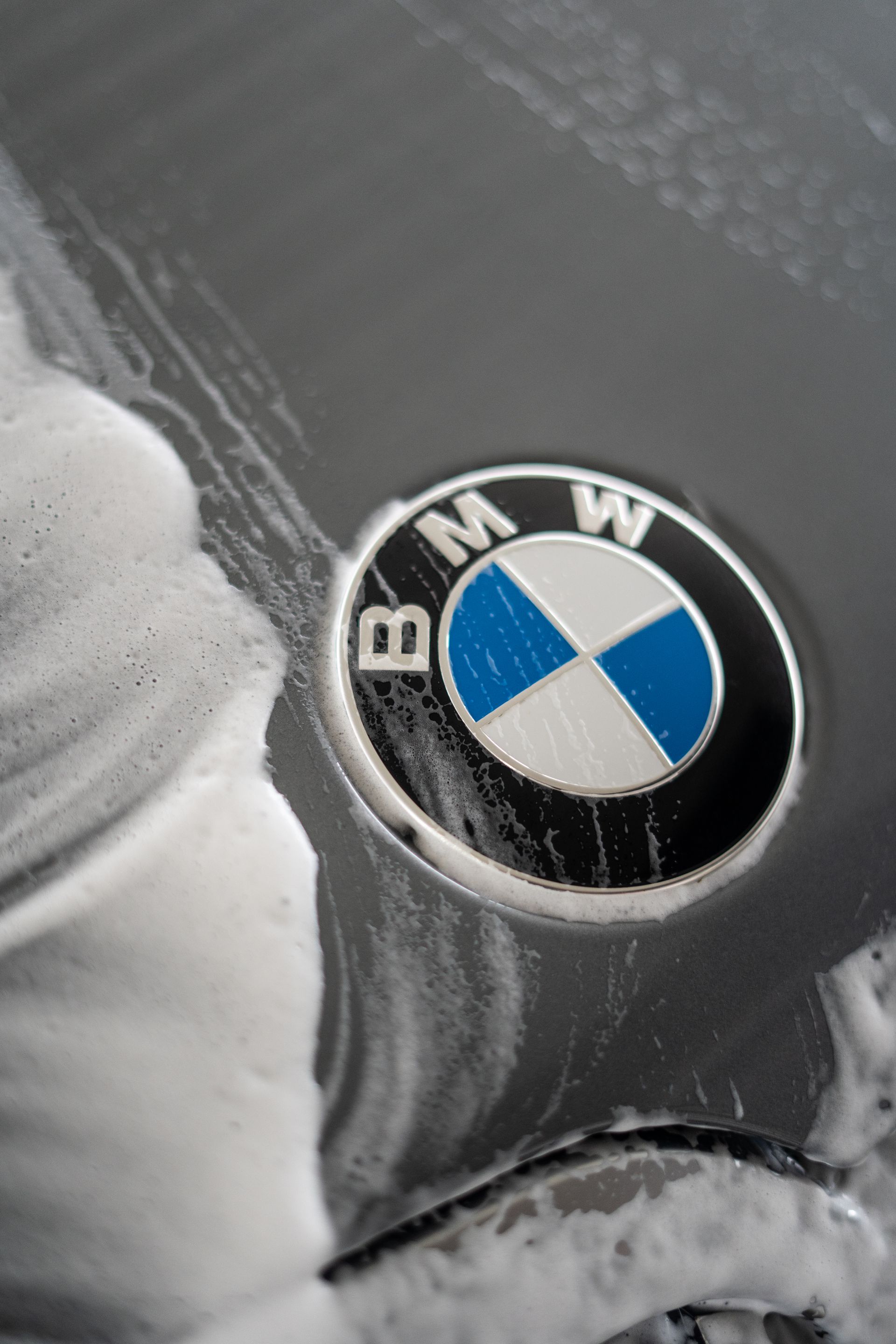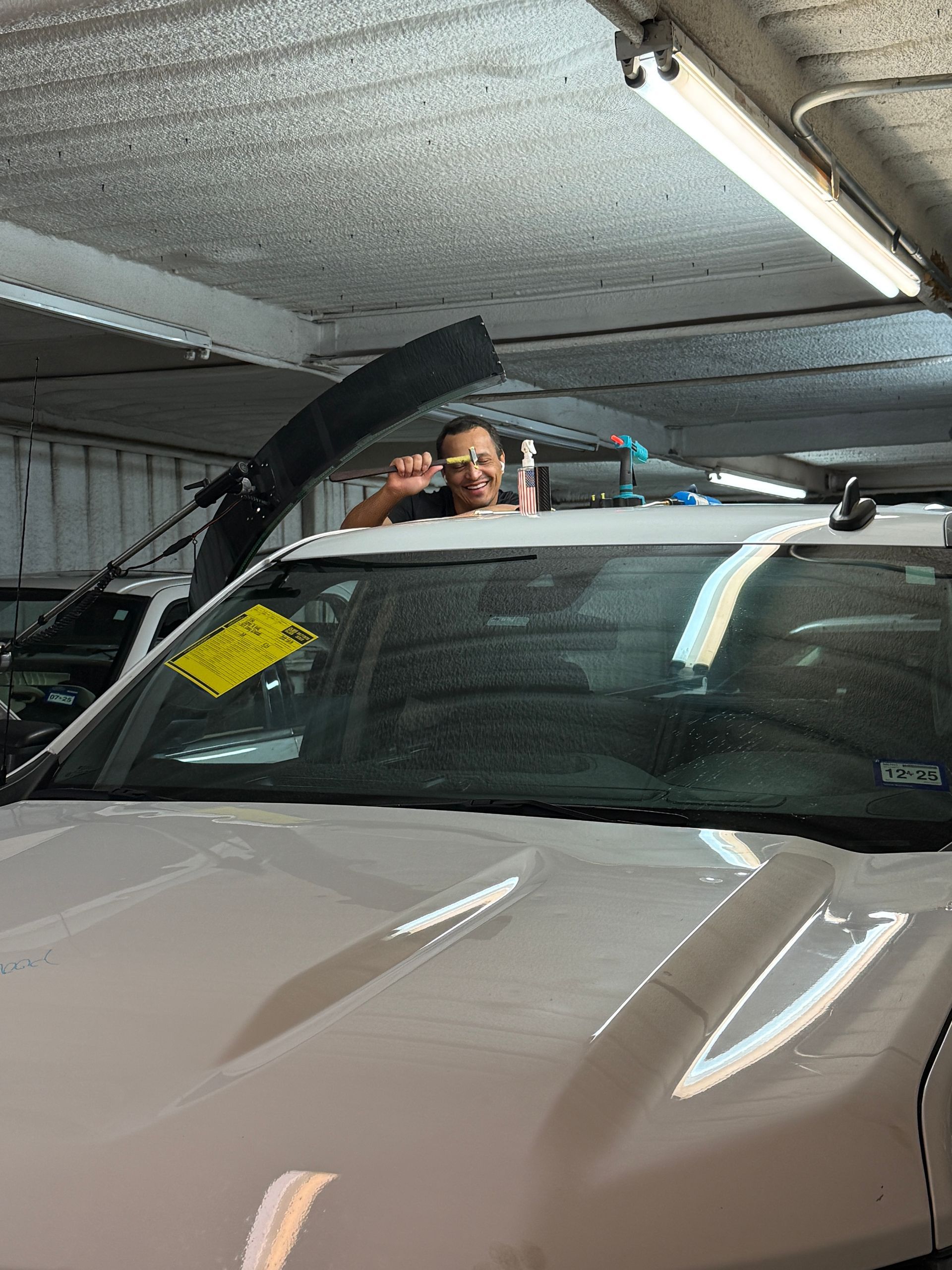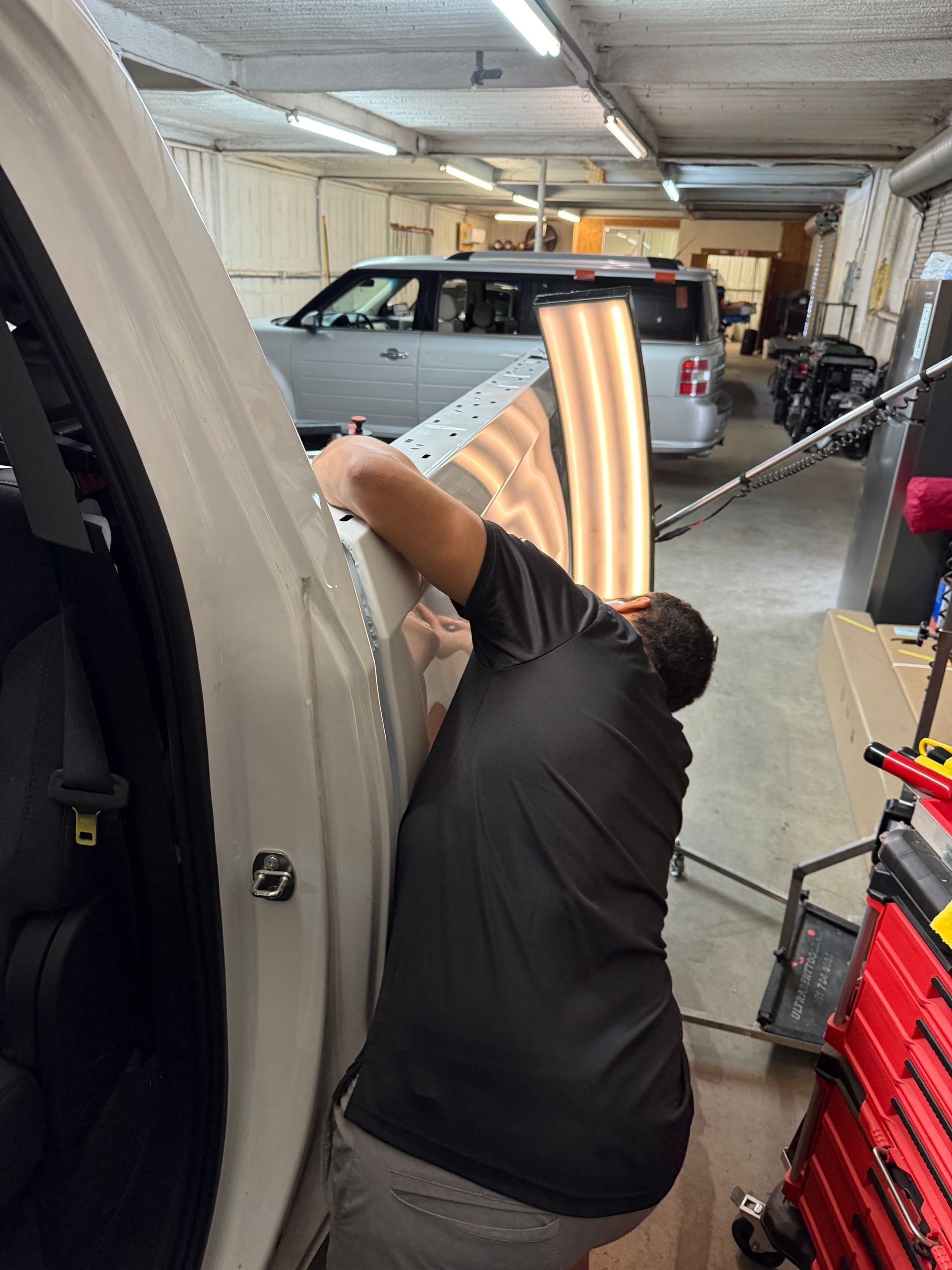When it comes to enhancing your vehicle’s comfort and style, window tinting is often an underappreciated upgrade. Not only does it look great, but it also offers practical benefits like reducing heat and blocking harmful UV rays. However, with so many types of tint available and varying laws across different regions, selecting the right window tint can feel a bit overwhelming. Whether you're motivated by aesthetics, privacy, or protection from the sun, understanding your options will help you make a choice that suits your needs.
When choosing the
right window tint for your vehicle, consider factors such as the level of UV protection, the legal restrictions in your area regarding tint darkness, and the heat reduction capabilities of different films. Additionally, evaluate the aesthetic preferences that best match your vehicle's style and ensure you choose a reputable installer to guarantee quality application.
Considering Legal Regulations for Window Tint
When choosing window tint for your vehicle, one of the first things you should consider are the local laws that govern how dark or reflective your tint can be. These regulations are established to ensure driver visibility and overall safety on the roads. In the United States, laws regarding visible light transmission (VLT) levels vary widely across states, with some permitting up to 70% VLT while others may restrict it to 25% or lower.
VLT Limits
To illustrate, Texas mandates that the front side windows of all vehicles must allow more than 25% VLT, ensuring adequate visibility and safety. For smaller vehicles, such as sedans, the back side windows and rear window can have any level of darkness, offering flexibility in customization. Similarly, larger vehicles like SUVs and vans must maintain the same 25% VLT for front side windows, while the rear and back side windows can also be any darkness level. Understanding these limits helps prevent legal troubles. It’s essential to reference local regulations or consult with a reputable window tinting professional who can guide you in selecting a tint that adheres to the law while fulfilling your personal preferences.
Enforcement and Penalties
But it doesn't stop there; understanding the laws is just as important as abiding by them. Violating these tint laws can lead to significant consequences that far outweigh any initial savings from opting for a darker tint. Many states implement strict enforcement policies, which can result in hefty fines, mandatory removal of non-compliant tints, or even failing vehicle inspections altogether. Understanding these legal elements paves the way for making choices that are not only stylish but compliant.
Different Types of Window Tint Film
Choosing the right type of window tint film is crucial because each option has unique traits that cater to specific needs and preferences. Whether you're looking for privacy, heat reduction, or aesthetic appeal, knowing the characteristics of each type can help you make an informed decision for your vehicle.
- Dyed Window Tint:
Dyed window tint is often regarded as the entry-level option; this film includes a layer of dye sandwiched between an adhesive layer and a protective outer layer. It's primarily designed to absorb solar heat, which helps in reducing glare and maintaining privacy. One major point to keep in mind, however, is that while it's budget-friendly, its lifespan typically ranges from about 5 to 10 years, as it may fade over time, especially with constant exposure to sunlight. For anyone looking for an affordable tint solution, dyed window tint certainly does its job, but you might want to consider your local climate if fading is a concern.
- Metalized Window Tint:
Metalized window tint takes things up a notch by incorporating tiny metallic particles within the film. This composition reflects heat instead of merely absorbing it, thereby providing better temperature control inside your vehicle. However, a side effect of this enhanced heat rejection is that it may interfere with electronic signals such as those used by mobile phones and GPS systems. If you're someone who relies heavily on navigation apps, you may need to weigh these pros and cons carefully. Despite its possible drawbacks, metalized tint extends the life span of your vehicle's glass, thanks to the added strength it provides against breakage.
- Ceramic Window Tint:
If you're willing to invest more upfront for unmatched performance, ceramic window tint might just be worth its price tag. Made from ceramic particles, this type of film doesn't fade over time and won't interfere with electronic signals, making it popular among high-end vehicles. It offers exceptional heat rejection and blocks approximately 99% of UV rays without compromising visibility—an excellent choice for those concerned about skin damage or interior fading due to sun exposure. Many find that this investment pays off in the long term through reduced energy costs and enhanced comfort inside their vehicle.
- Carbon Window Tint:
Last but not least is carbon window tint. Incorporating carbon particles gives this film a matte finish that's visually appealing while still effectively blocking significant amounts of UV light and infrared radiation. Unlike some other options, carbon tints are resistant to fading over time and allow for impressive heat rejection without interference with your electronics. This makes carbon-based tints a balanced choice for those desiring both aesthetics and functionality in their window films.
As you weigh your options in selecting the right window tinting solution for your vehicle, it's also essential to consider how these choices can enhance your driving experience through protection from harmful rays and increased privacy.
Benefits of Tinting: UV Protection and Privacy
- Protects from UV Rays:
One of the primary advantages of window tinting is its ability to block up to 99% of harmful UV rays. This can play a significant role in safeguarding both your health and the integrity of your vehicle. Long exposure to UV rays is linked to serious health risks like skin cancer; thus, having tinted windows is a precautionary measure worth considering. Imagine driving on a summer day with the sun blazing down, yet feeling assured that you’re shielded from these harmful rays. Additionally, it’s not just about health; your car's interior suffers as well. Repeated exposure can lead to the fading and deterioration of materials like leather or fabric. Window film acts as a protective barrier, keeping the aesthetic beauty and lifespan of your upholstery intact.
- Enhances Privacy:
Beyond health concerns, tinted windows dramatically enhance your vehicle's privacy. For many people, including celebrities and individuals who value their personal space, a darker tint can obscure the view from outside, making it difficult for passersby—or potential thieves—to peer inside. This added layer of security ensures that valuables left in your car remain hidden from prying eyes. Additionally, there’s an undeniable peace of mind that comes with knowing that you have a semblance of privacy while driving or parked. Consider this: When you pull up to traffic stops or park your car on a busy street, tinted windows create a subtle barrier between you and the world outside. It provides comfort in public spaces and may even deter unwanted attention.
- Reduces Glare and Heat: Another essential aspect is how window tints significantly help reduce glare from both direct sunlight and oncoming headlights during nighttime driving. Glare can take away precious milliseconds from reaction times on the road, making safety an unavoidable concern. By installing tinted films, drivers often report improved visibility and comfort while navigating through bright conditions or nighttime driving scenarios. Moreover, these tints can lead to cooler interior temperatures by blocking out excessive heat. Cutting down on heat adds to comfort but can also reduce reliance on air conditioning systems—keeping energy costs lower during sweltering seasons.
Choosing the Perfect Tint Darkness
The visible light transmission (VLT) level of your window tint is not just a mere number; it can impact how you experience the road and how your vehicle functions. As a rule of thumb, the lower the VLT percentage, the darker the tint will be. However, it’s essential to consider more than just aesthetics. You need to balance privacy with visibility, particularly for driving at night or in poor weather conditions.
Factors to Consider
Selecting the perfect window tint involves more than just aesthetics. From legal regulations to personal driving habits, a variety of factors can influence your decision. Here's a breakdown to help you navigate the choices and make an informed selection:
- State Regulations on Tint Darkness:
Each state has specific laws regarding the permissible darkness for front, rear, and side windows. Many states require a higher VLT for front windows while allowing more flexibility for rear windows. Ensuring compliance with these rules is essential to avoid fines, court appearances, or the need to remove non-compliant tints.
- Impact of Driving Habits and Environment:
Your lifestyle and location play a significant role in choosing the right tint. In areas with bright sunlight, lighter tints might fail to provide adequate heat rejection or glare reduction. Conversely, darker tints can hinder visibility during nighttime or rainy conditions, making it vital to balance light transmission with your driving needs.
Beyond darkness, durability and performance are crucial when choosing a tint. High-quality films not only enhance your comfort and safety but also ensure long-term value. Keep legal compliance in mind to avoid unnecessary hassles and make a choice that supports your driving experience.
Optimal Durability and Performance
When investing in window tint for your vehicle, durability and performance are key factors that should not be overlooked. After all, no one wants to spend hard-earned money on a tint that will fade or bubble within a couple of years. The right choice ensures not only aesthetic appeal but also long-term satisfaction and functionality. Think of durability as your insurance against future regret—no one enjoys looking at a peeling or dull window tint.
Factors Affecting Durability
Window film lifespan depends on various factors, from the quality of the film to the expertise of the installer. Here's a detailed breakdown to help you make informed decisions:
- Film Quality and Type: The type of film plays a significant role in its durability. Dyed films, often budget-friendly, typically last around five years but may fade and lose performance quicker. Metalized films provide better heat rejection and a lifespan of about seven years but can interfere with electronic signals due to their reflective nature. Ceramic films, the premium choice, offer an impressive 10-year lifespan with superior heat rejection and no signal interference.
- Installation Expertise:
Proper installation is as vital as the quality of the film. Even high-quality films can fail if applied incorrectly, resulting in air bubbles, misalignment, and eventual damage. Choosing a certified and experienced installer, like our team at Harker Heights Ceramic Coating, ensures precise application, maximizing the film’s performance and longevity. Look for professionals with certifications or positive reviews for added confidence.
Tips for Tint Installation and Maintenance
When installing window tint, precision and care are key to achieving a flawless finish. Follow these steps to ensure the best results and maintain the quality of your tint over time.
Window Tinting Installation Tips
- Temperature Matters: The ideal temperature for window tint installation is between 40°F and 90°F (4°C to 32°C). This temperature range allows the adhesive to bond properly and ensures the film is applied smoothly. If it’s too cold, the adhesive may not stick well, while excessively hot conditions can cause the tint to become too tacky and hard to work with.
- Proper Cleaning Solution: Before applying the tint, cleaning your vehicle’s windows thoroughly is essential. Use a mixture of 50% water and 50% isopropyl alcohol to remove dirt and grime without leaving behind any residues. This cleaning method helps the adhesive bond better to the glass, ensuring a smoother application process.
- Accurate Measurements: Accurate measurements are crucial when cutting the window tint film to fit your windows. Always measure twice and cut once to avoid mistakes. It's better to cut the window tint film slightly larger than your vehicle’s window dimensions to ensure easy handling and a better final result, with no exposed edges.
- Application Process: Begin applying the tint from the top of the window and work your way down to prevent air bubbles from forming underneath the film. Starting from the top allows gravity to help with smooth application and results in a cleaner, bubble-free finish. This technique not only improves the aesthetic of the tint but also its functionality and durability.
- Curing Time: After installation, let the window tint cure for 3 to 5 days, depending on the humidity and temperature. Avoid rolling your vehicle’s windows down during this time as it can disturb the adhesive bond and cause imperfections. The curing period ensures the window tint will last longer, so be patient for the best results.
Window Tinting Maintenance Tips
- Proper Maintenance: To keep your tinted windows in top condition, clean them regularly using mild soap and water with a soft cloth or sponge. Avoid ammonia-based cleaners, as they can degrade the tint over time. Regular cleaning every 2-4 weeks will help maintain clarity, prevent dirt buildup, and extend the lifespan of the tint.
- Dealing with Small Bubbles: If you notice small bubbles after your auto window tint installation, there’s no need to worry. You can gently apply heat using a hairdryer to relax the adhesive and help the bubbles disappear. This simple method ensures a smooth and flawless finish without damaging the tint.
By following these steps carefully, you can achieve professional-level window tint installation with long-lasting results. Patience, attention to detail, and regular maintenance are essential for keeping your tinted windows looking great and functioning well for years.
Superior Window Tinting Services in Harker Heights, TX
Transform your driving experience with the
professional window tinting services offered by Harker Heights Ceramic Coatings. Our high-quality tints not only enhance your vehicle’s style but also provide exceptional protection against harmful UV rays, reduce interior heat, and add an extra layer of privacy. Whether you’re aiming for a sleek aesthetic or maximum comfort, our expert team ensures a flawless finish every time. Protect your interior and enjoy a cooler ride—contact us today to learn more about our premium tinting options! Call us at
(254) 550-4142 to get started!
